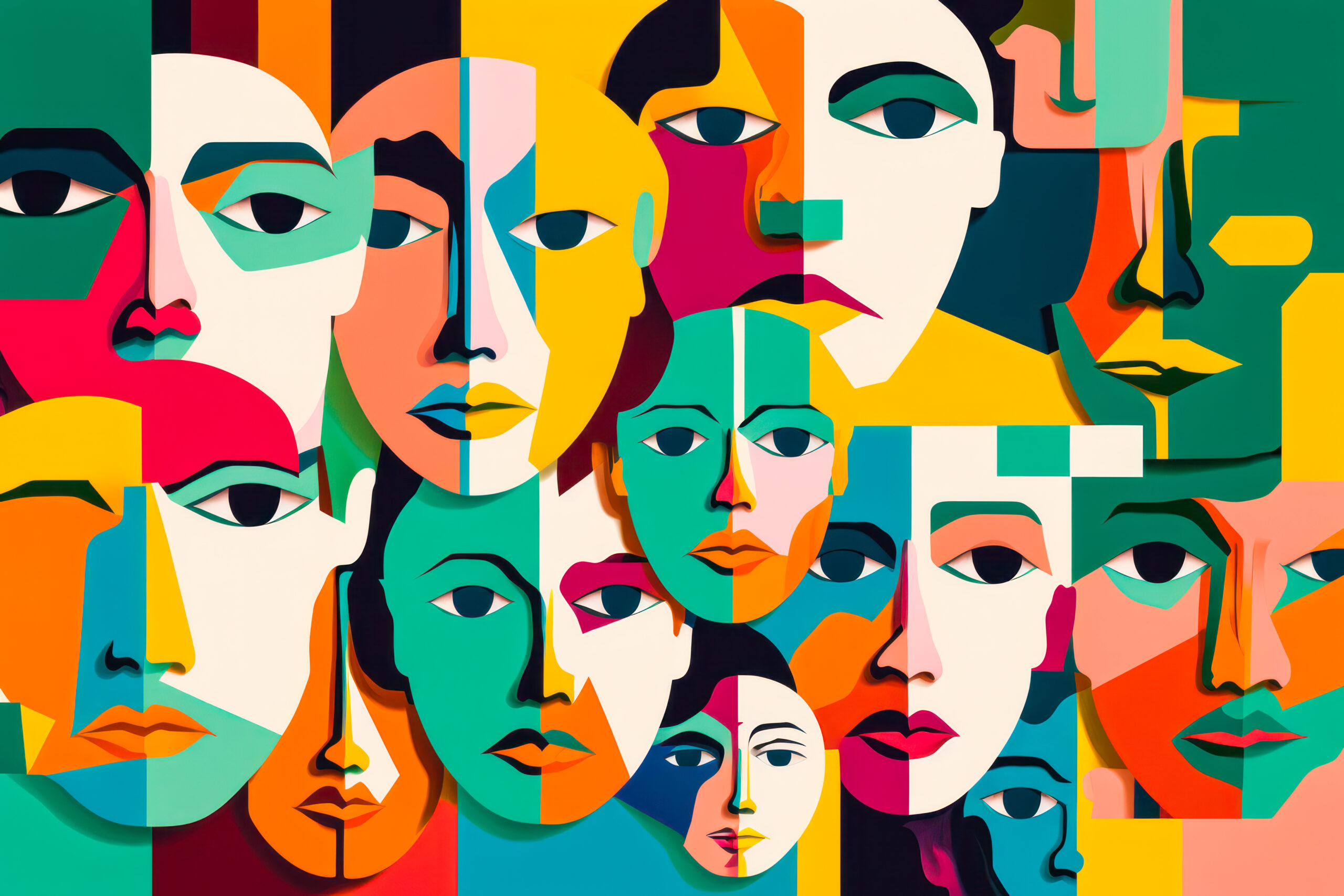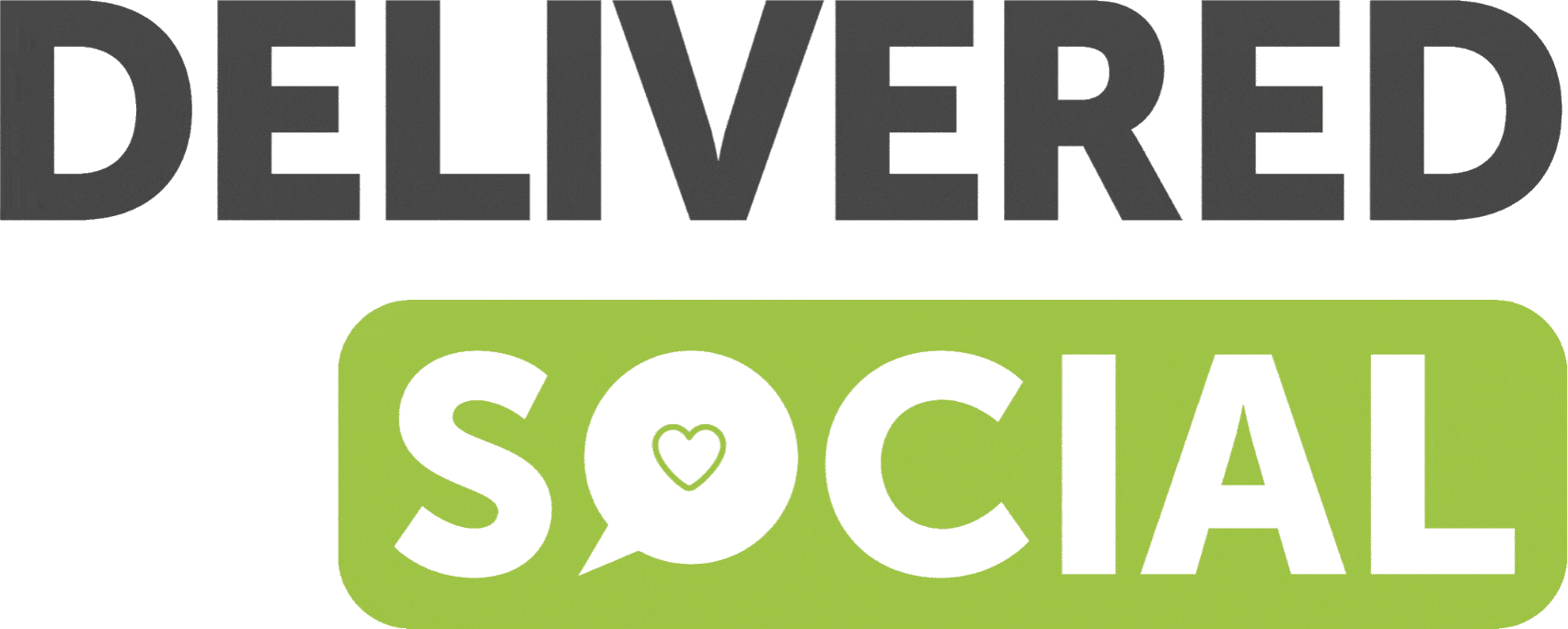How Staying Safe Stops You From Making Good Decisions
Look at the cat. So comfortable. So at ease. For those of us who are not cats, and have a decision to make, comfort and ease are actually working against us.
In our modern world, comfort and convenience are often celebrated as hallmarks of progress. From food delivery apps to smart home devices, our lives are designed to minimize effort and maximize ease. However, this relentless pursuit of comfort and convenience can have a hidden cost: it can undermine our ability to make sound decisions. Understanding how these factors influence our choices is crucial for personal growth, resilience, and long-term success.
Comfort, by its very nature, encourages us to remain within familiar boundaries. We prefer to prioritize ease and familiarity over opportunities that might foster growth or success. When faced with a decision, people often opt for the path that requires the least amount of discomfort or change, even if it is not the optimal choice. This tendency can result in missed opportunities and stagnation. We choose what feels safe which certainly has its benefits, but we also miss the benefits of being stretched into something new.
The Pull of Convenience
Convenience simplifies our lives by reducing the effort required to complete tasks. While this can be beneficial in many contexts, it also creates a dependency that erodes essential skills and critical thinking. For example, relying on GPS navigation may diminish our natural sense of direction, and constant use of messaging apps can reduce our ability to engage in meaningful, face-to-face conversations. Over time, convenience can make us less willing to engage in activities that require effort or patience, ultimately narrowing our decision-making repertoire.
Comfort and convenience often reinforce cognitive biases—mental shortcuts that help us make quick decisions but can also lead to errors in judgment. The “cognitive ease bias” is particularly relevant: when information or options are easy to process, we are more likely to accept them without scrutiny, overlooking important details or alternative perspectives. This bias can lead to poor decisions as we choose what is familiar or easy rather than what is accurate or well-researched.
The Cost of Avoiding Discomfort
Avoiding discomfort can also result in decision paralysis or avoidance. When faced with challenging choices, the desire for comfort calls too loudly, like the cat on a lap. “I think I’ll just stay here.” Comfort can then breed complacency, making it difficult to adapt to change or take necessary risks.
Convenience is quickly normalized, creating a cycle where we expect effortless solutions in all aspects of life. Preferring convenience can reduce our resilience, creativity, and self-reliance, as we become accustomed to outsourcing not just tasks, but also the cognitive processes behind decision making. As a result, we may lose the ability to plan, strategize, and critically evaluate options, ultimately compromising the quality of our decisions.
While comfort and convenience offer undeniable benefits, to make better decisions, it is essential to recognize these pitfalls and intentionally seek out challenges, embrace discomfort, and remain alert to the seductive pull of convenience.
The Three C’s – Comfort, Convenience and Certainty
Comfort and convenience can keep us from making good decisions. But the desire for certainty is perhaps the biggest pull. We so want to know! The desire for certainty is deeply rooted in our need to feel protected from potential threats and reduces anxiety about the unknown. We want certainty in our decisions to reduce stress and to increase the sense of control. We want to be competent and not be seen as helpless or incompetent, so we compromise good decisions for feeling sure and secure.
Certainty creates a familiar environment where we understand the rules and can behave confidently. The reason we hesitate to make a change is because we resist the feeling of incompetence or lacking confidence. We don’t want to feel this, understandably. But this is only temporary! What actually happens is that as we choose to avoid this short-term discomfort to stay comfortable, we sabotage our deeper desire to grow and develop and feel proud of a new achievement.
In my coaching I bring awareness of the inner conflict of growth and comfort, and the subtle undercurrents of decision making. When we are alert to aspects, we can address them. My coaching offers the support and framework you need to consider all aspects of a decision resulting in clarity and confidence (once we’ve faced comfort, convenience and certainty!)
Transformational Questions:
- Identify the comforts and conveniences in your life.
- How do these add to your growth?
- How do they add to your stagnation?
- What one step can you take to add clarity to what you really want?
My Standing at the Crossroads coaching package provides the opportunity for you to take time to discover elements of good decision making and recognise hurdles to your destination. Coaching can bring your unique path into focus and raise your confidence in the choices you make. Do reach out to me so I can join you on your journey.
If you have found benefit from reading this, please share with your friends and network.
If you would like to explore this further in a coaching context please contact Anna at digdeepdreambig@gmail.com




